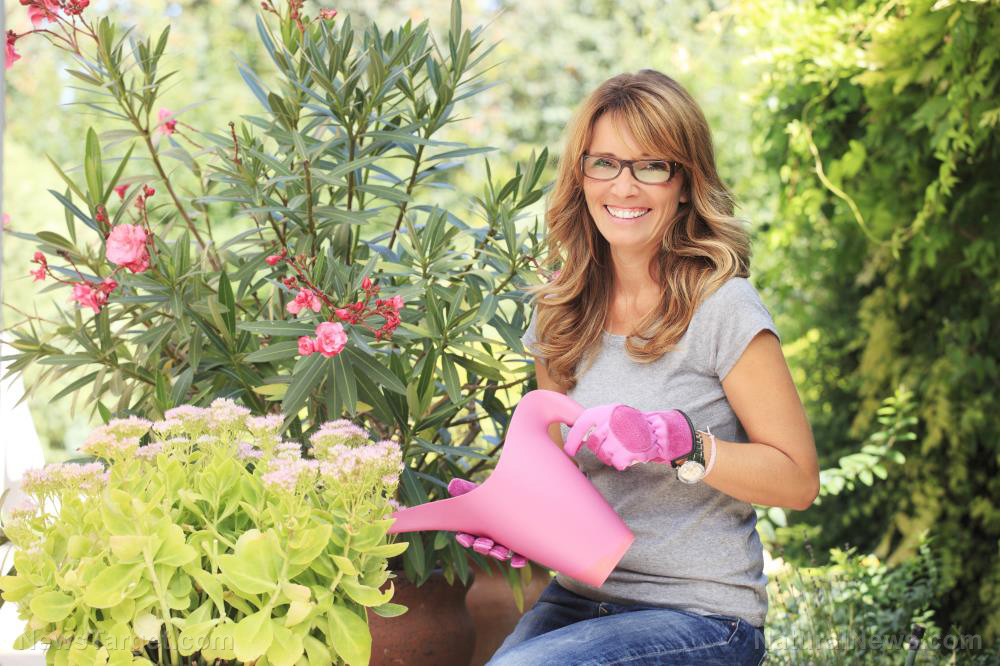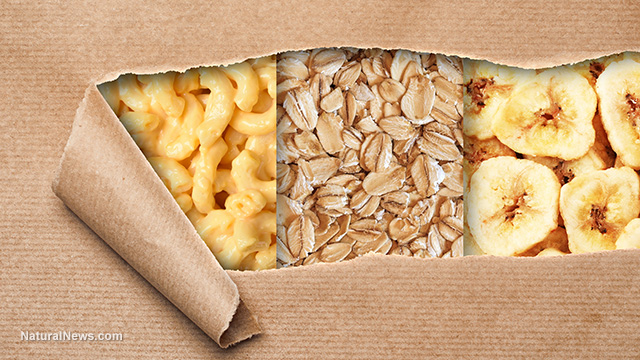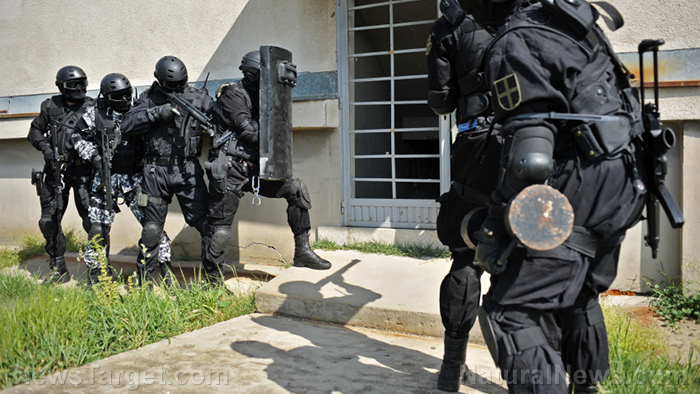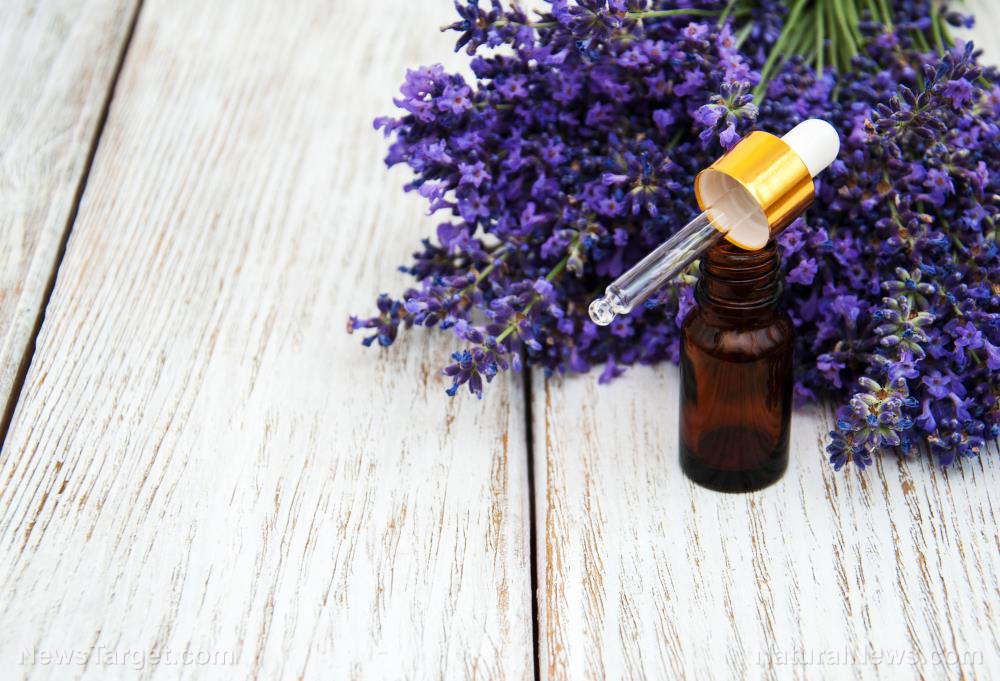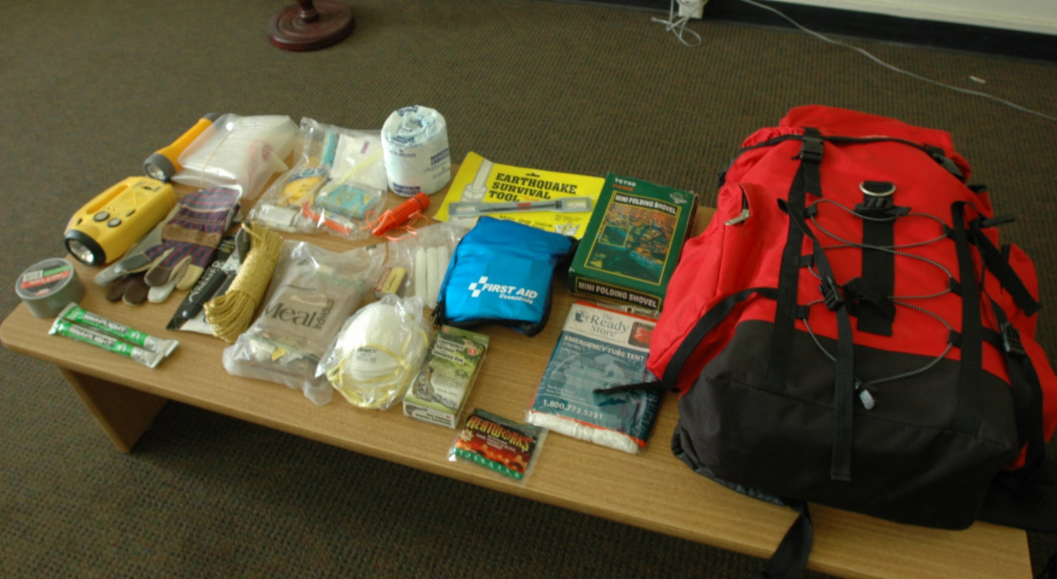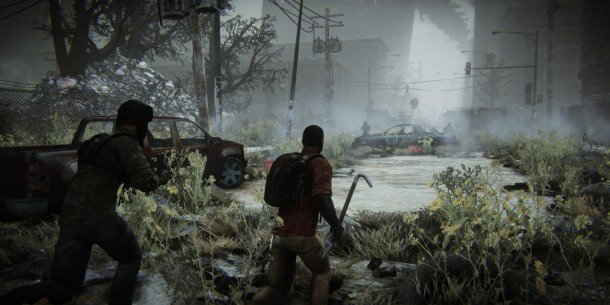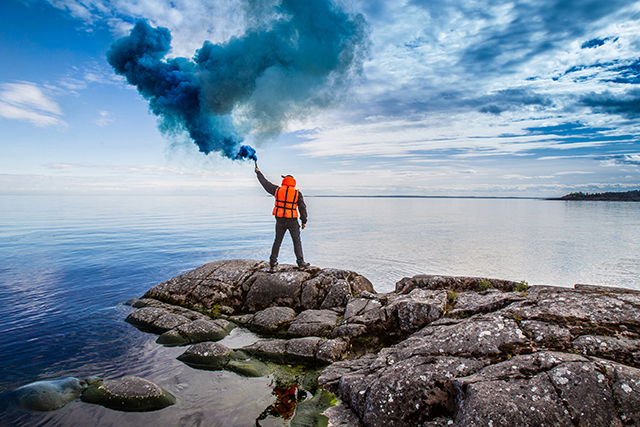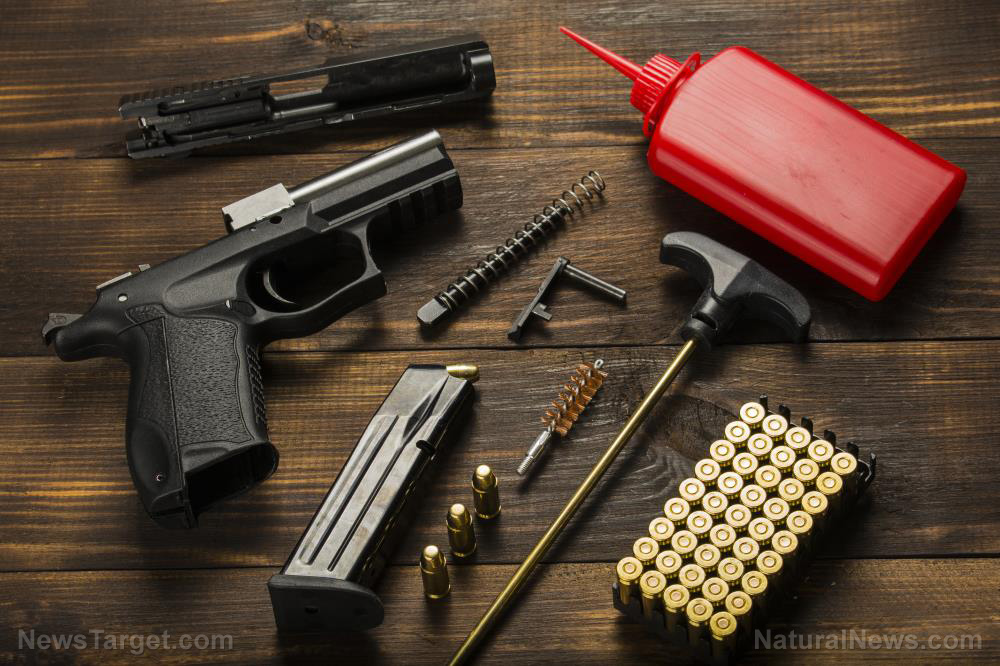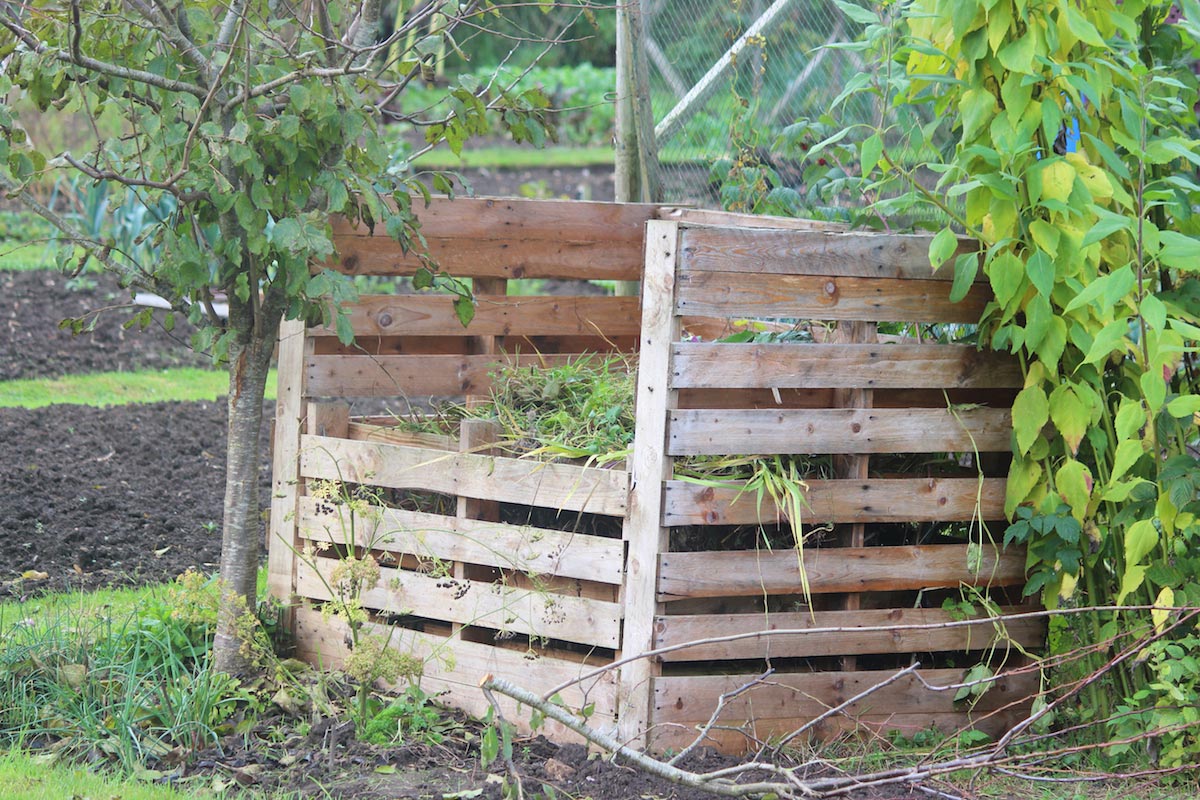Your simple guide to fortifying your home against most natural disasters
02/26/2019 / By Zoey Sky
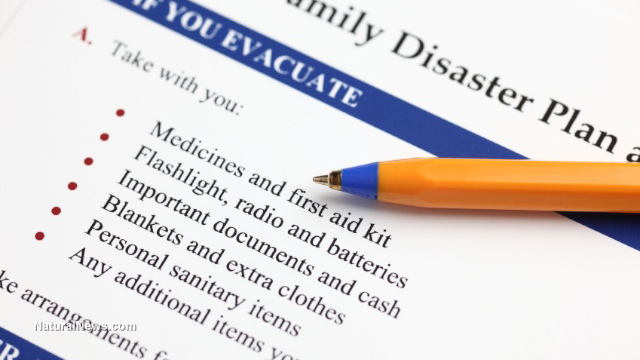
Preppers always have a thorough plan to help them weather various kinds of natural disasters. If you’re not bugging out, the best way to keep your family safe when SHTF is to fortify your home. Natural disasters are unpredictable, which highlights the importance of knowing how often hazards like earthquakes, flood, forest fires, or hurricanes are likely to occur in your area. Fortifying your home can also minimize the damage that may occur when SHTF. (h/t to DoomsdayMoose.com)
How to fortify your home against natural disasters
It can be difficult to deal with the aftermath of natural disasters. Thankfully, you can fortify your home through the strategies listed below.
Purchase homeowners insurance
If you don’t have homeowners insurance, acquire one immediately. Remember that homeowner’s insurance and mortgage insurance are two different things. In many cases, the former can cover destruction caused by natural disasters. Getting homeowners insurance will also secure your bank account from the added cost of repairs due to damage from natural disasters.
Safeguard your roof
Natural disasters like hurricanes can cause significant damage to your roofing systems. Thankfully, you can fortify your residential roofing system by investing in sturdy hurricane straps that will secure your roof. You can also use roofing cement to secure any loose tiles. Roofing cement will keep loose tiles from flying through the air and hurting other people who may be passing by.
Set up a safe room
Prepare a safe room in your house, so you can protect your whole family during natural disasters like hurricanes or tornadoes. It can also serve as a sanctuary where you can rest easy even after SHTF. Alternatively, you can use safe rooms for storage purposes. If an intruder breaks into your home, you can also take refuge in your safe room.
If you plan to build a safe room in your house, consider the following factors:
- Use materials that will withstand heavy debris and high winds.
- The doors must open inwards so you don’t get trapped inside the safe room when debris blows against the door.
- Reinforce the door so it can’t be blown in by a storm or forced open by an intruder.
- The safe room shouldn’t have any windows. If it does, they should be very small and reinforced with glass.
- The room should be securely anchored to its foundation in case of high winds.
You also need to keep your safe room stocked with supplies so you can survive if you need to take shelter during a natural disaster.
Here’s a list of items that you need in your safe room:
- Battery-operated or hand-cranked radio
- Battery powered lighting and spare batteries
- Blankets and pillows (for comfort)
- A change of clothing and underwear for each family member
- First aid kit
- Flashlights
- Food and water (Enough for at least three days)
- Items for infants (e.g., diapers, milk bottles, etc.)
- Items for pets (e.g., pet food, medication, etc.)
- Mobile phone and back up batteries
- Personal medication
- Portable toilet
- Toilet paper
- Wind up or hand crank radio
Waterproof the walls of your house
Several natural disasters involve rain or snow, and these two factors will often cause water damage to your property. If you want to protect the exterior of your home, waterproof them as soon as possible. Waterproofing exterior walls won’t just prevent noticeable damage to your property. It can also help eliminate the need for expensive water damage repair work after heavy flooding. (Related: Preparing your family for disaster: How to develop your emergency plan.)
Natural disasters like hurricanes, storms, and wildfires can be scary, but preparing for them will help you keep your family safe when SHTF.
Sources include:
Tagged Under: Collapse, disaster, Earthquakes, home repair, Hurricanes, natural disasters, preparedness, prepping, property damage, safe room, survival, waterproofing

